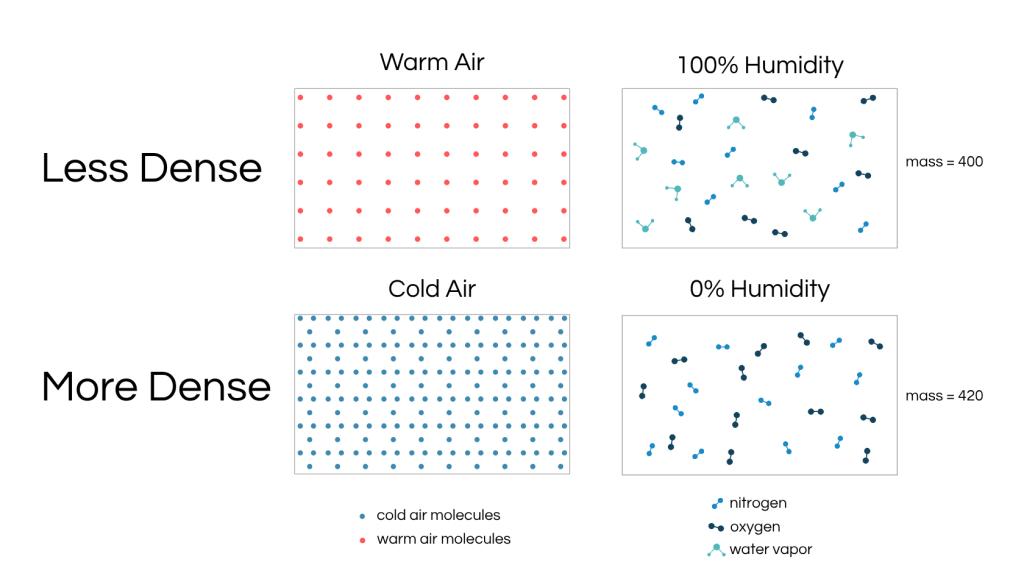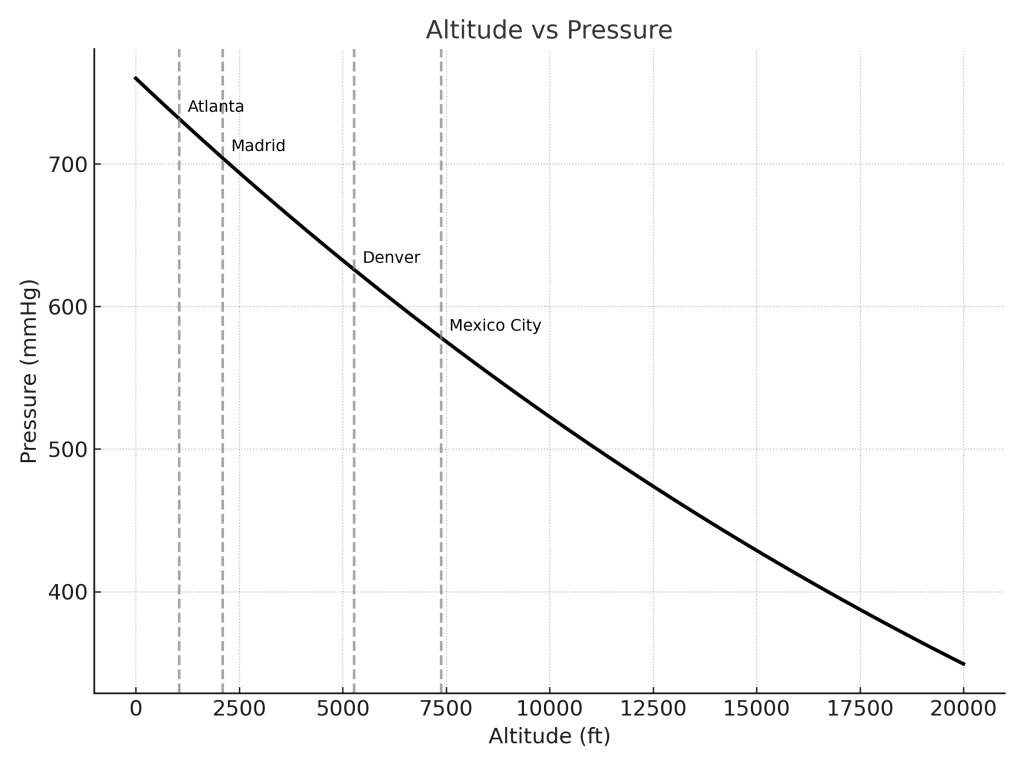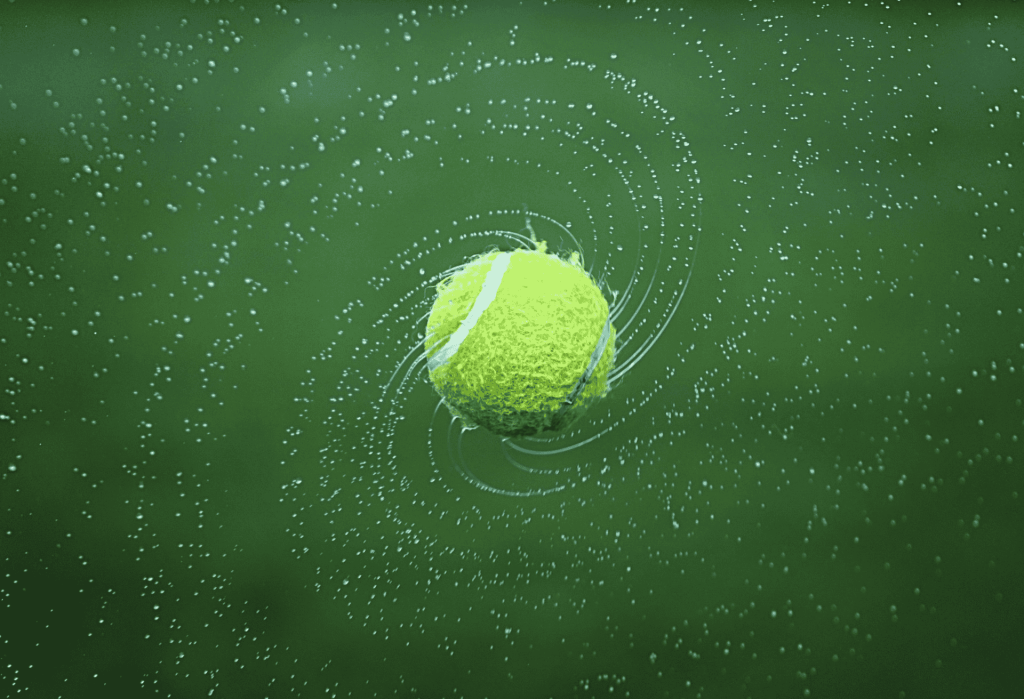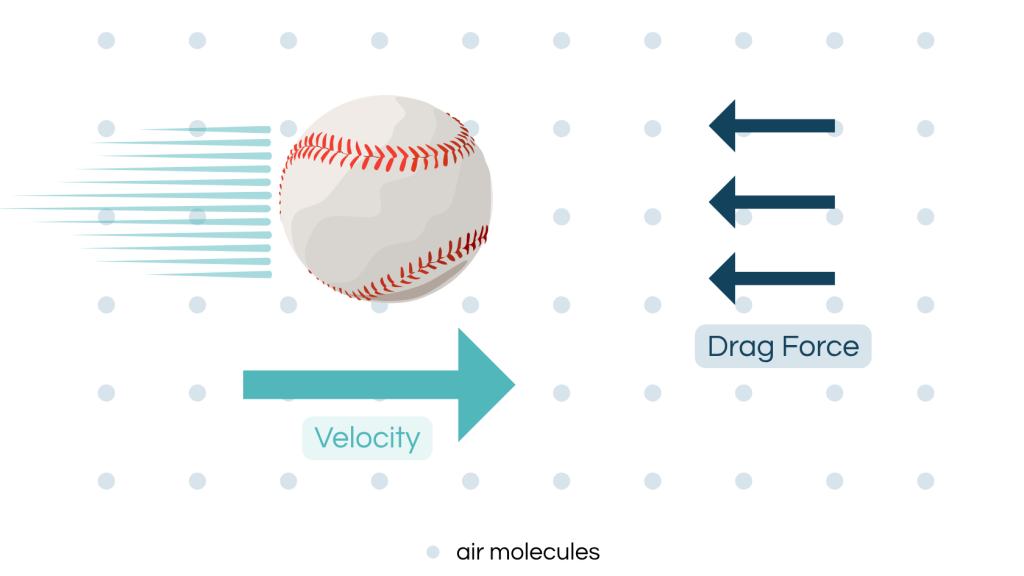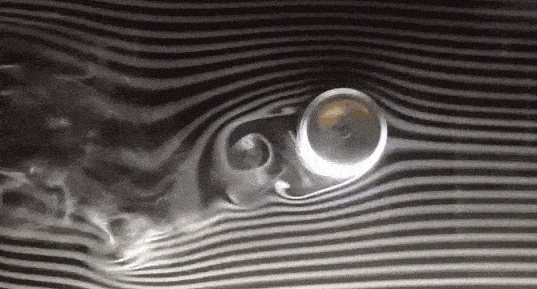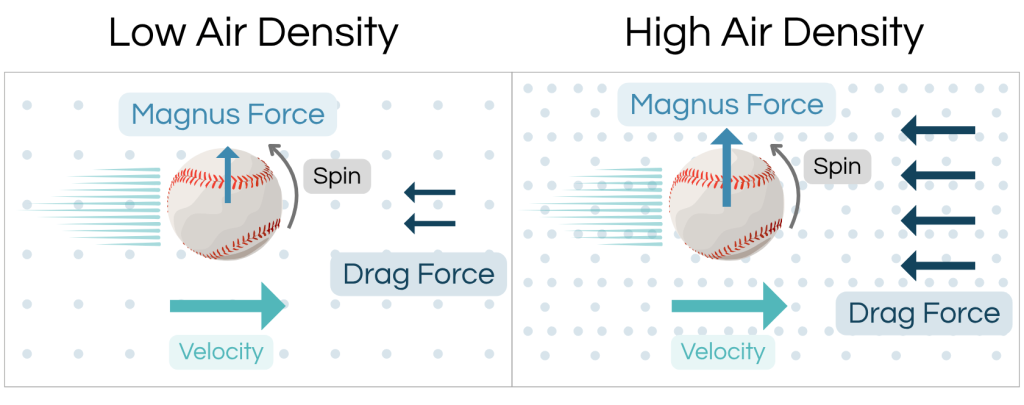
Translating atmospheric science into practical sport-relevant stories and information requires real-world data, advanced simulation, and physics-based modeling. This article explores how specific weather conditions influence gameplay across different sports, leveraging our own technology to provide quantifiable insights into just how much, or how little, atmospheric variability can actually impact the sports we love to watch and play.
Weather Applied Metrics
While modern ball-tracking systems accurately capture trajectory, they do not inherently distinguish the underlying forces shaping it. Variables such as wind, spin, pressure, temperature, and humidity each exert distinct aerodynamic influences on the ball’s flight. Isolating and quantifying the individual contributions of these factors is complex, yet essential, as the observed path is the result of their combined and often nonlinear interactions.
This is the kind of complexity Weather Applied Metrics aims to better understand. By modeling how atmospheric factors influence ball flight, we seek to make visible the invisible forces at work in ways that ball-tracking data alone cannot reveal. Through physics-based simulation and detailed weather inputs, we help shed light on patterns and storylines that are often hidden in plain sight.
Relative Impact of Atmospheric Variables
We’ve previously laid the foundation for understanding the basic physics of sports aerodynamics, as well as a theoretical understanding of the primary mechanisms that cause atmospheric variables to alter air density, influencing the flight of the ball. Based on this foundation and the supporting evidence, we can broadly classify the potential impact of different atmospheric variables on ball flight:
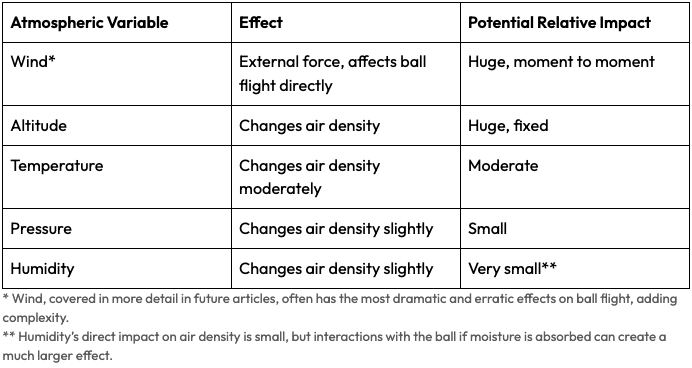
Interdependence of Atmospheric Conditions
These variables aren’t truly independent. Temperature influences pressure and humidity, altitude alters pressure, and pressure affects how much moisture air can hold. The combined effect of these factors makes modeling crucial to untangling their true impact on gameplay. With the right tools, weather goes from unpredictable to understandable.
Model Insights in Action
By using our patented technology and physics-based modeling tools, we can run simulations and adjust key atmospheric variables one at a time to better understand how each element of weather affects the game. This analysis isn’t about measuring the exact impact of weather on a specific play, instead we are running experiments to explore each condition in isolation. The results should both help confirm patterns seen in real-world data and offer clear, useful takeaways about how atmospheric conditions shape performance.
The flight of the ball reflects the intertwined and often nonlinear effects of wind, spin, altitude, temperature, humidity, and pressure, making modeling essential to isolate their true impact on gameplay.
Brief Methodology and Approach
Here we simulate a series of ball flight trajectories using standardized parameters in a hypothetical digital environment representing real-world geometry and atmosphere of a sporting stadium or venue. For each play type, ball launch parameters will stay constant, while we systematically adjust the pressure, humidity, temperature, and altitude of the environment to see how each factor influences ball flight.
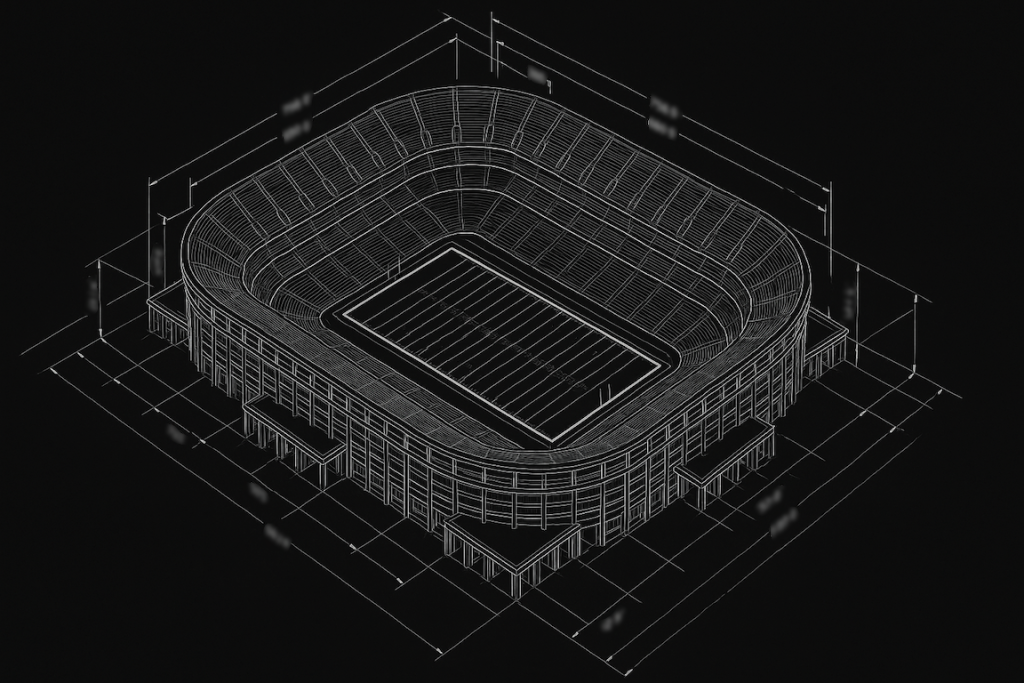
Finally, we will plot the atmospheric parameter of interest against the overall outcome of the ball’s flight, in most cases distance, to provide a visual reference of the impact. We will use this set of standardized atmospheric conditions as our baseline of comparison:
- Temperature: 72°
- Relative Humidity: 55%
- Altitude: 0 ft (sea level)
- Atmospheric Pressure: 29.92 inHg
A Note on Hits and Bounces…
This analysis focuses exclusively on how atmospheric conditions affect the ball’s flight through the air, not how they influence contact dynamics such as how the ball is struck, bounces, or rolls. Those interactions depend on surface properties, impact angles, spin transfer, and material deformation, each of which introduces its own layer of complexity. While these factors are outside the scope of this study, they play a crucial role in the full picture of weather-and-sport interactions.
Making the Invisible Visible
Weather impacts are often overlooked or misunderstood in sports analysis, but as we’ll explore, they can in some cases be game-changing. With precise modeling and standardized inputs, these atmospheric variables can be quantified and communicated, helping turn hidden environmental forces into insights that benefit athletes and analysts, as well as broadcasters explaining in-game dynamics and sports bettors seeking an edge in changing conditions.
Over the coming weeks, we’ll publish and link new posts in this series highlighting simulation results and breaking down how temperature, humidity, pressure, and altitude influence your favorite sport.
Sports-Specific Results:
- Baseball – The Home Run Ball
- Football
- Golf
- Tennis
Click here to get our blog sent to your inbox, and follow us on X (Twitter) and Bluesky!
Learn more about Weather Applied Metrics.

